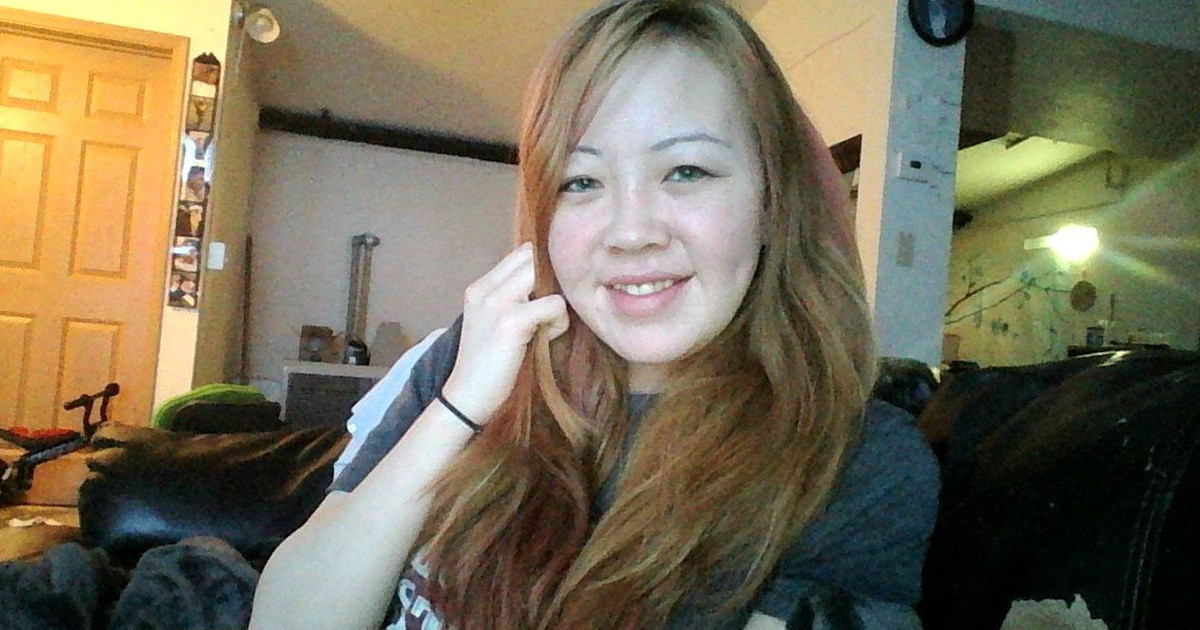The police department in Kotzebue, Alaska, says it will not reopen its investigation into a woman’s death on the property of a former Northwest Arctic Borough mayor. The case had been the subject of an Anchorage Daily News and ProPublica investigation into the 2018 death of Jennifer Kirk and the death of another woman, who was found strangled on the same property two years later.
Kirk, 25, died May 23, 2018, at a home owned by then-Mayor Clement Richards Sr. According to police reports, the Alaska medical examiner’s office initially told a city police investigator that “signs of strangulation” had been found on Kirk’s body. The man who said he found her body — Anthony Richards, one of the mayor’s sons — had previously been charged with strangling Kirk and pleaded guilty to assaulting her, though he said he was not involved in her death.
Police eventually closed the case as a suicide. In an open letter to Kotzebue residents last week, police Chief Roger Rouse said neither the city nor state have plans to reopen the investigation. Rouse wrote that the Alaska Bureau of Investigation reviewed the case and told Kirk’s family that “nothing in the investigation as it stands would change the sad conclusions of the incident.”
Also...
The Missing and Murdered Indigenous Persons unit of the Alaska State Troopers is investigating the death of Susanna “Sue Sue” Norton, who was found beaten and strangled on Clement Richards Sr.’s property in 2020. The Kotzebue Police Department referred the investigation to the state.
In that case, the medical examiner determined Norton’s death to be a homicide caused by “asphyxiation due to obstruction of airways and compression of neck.” The autopsy also found that Norton had suffered “multiple blunt force injuries of head, neck and extremities.” For Alaska Families, Questions Remain About Unsolved Deaths and “Suicides”
Amos Richards, another of the former mayor’s sons, had previously pleaded guilty to assaulting Norton. The sons and former mayor have not responded to multiple phone calls, in-person visits and certified letters asking for information about the deaths on the property. Since the investigation into Norton’s death remains open, police have not released their report on it.
![]()



there was also an ABC series called Alaska Daily that came out a year or so ago. it was initially promoted as a star vehicle for Hilary Swank (the lead) who played the role of a trouble-making journalist that got fired from some hot shot job in NYC for biting the hand that fed her publisher. mostly an episodic fish-out-of-water type of deal, about 4 episodes in it turned dark and began a long arc about missing / murdered indigenous women and the institutional cover up by state law enforcement. it got cancelled shortly after. couldn't say why... i hate most broadcast shit, but it caught my eye.
even having spent time out west on a rez years earlier, Wind River was probably my first kick in the chest with the statistics on MMIW.
right now, what strikes me about the True Detective S4, Wind River, and this story is the connection between environmental degradation/resource extraction and violence against women. if you look up Kotzebue, the EPA's Toxic Release Inventory in 2016, it had the distinction of being the most toxic place in the United States releasing over 700 million pounds of toxins. #2 that year was some Canyon in Utah with a 200 million pound release. all of Kotzebue's releases are coming from Red Dog Mine, which is the largest zinc mine and producer of zinc on the entire planet. Literally 10% of the world's zinc is there and 55% of all of Alaska's mineral production comes from this mine.
i guess, what i'm getting at is the places depicted are communities for some and "the open frontier" for the agents of empire, who have a motive to, in the near term, stifle unrest and paper over injustice to keep the money-shitting monster well fed. there's some kind of dehumanizing psychology to tearing up the environment. like if you're ok with the poisoning the water of a community, why should you care about any single individual within it? i don't know. i don't have any answers, it's just a pattern i find myself staring at a lot.
stepping beyond the world of media and looking at this from a material position, my own work in very remote, rural communities based around single resource extraction: there really is no shortage of those sad billboards seeking answers to long missing and dead women.